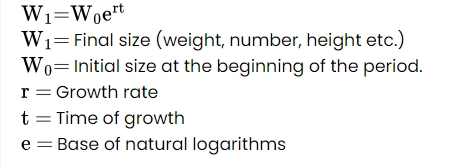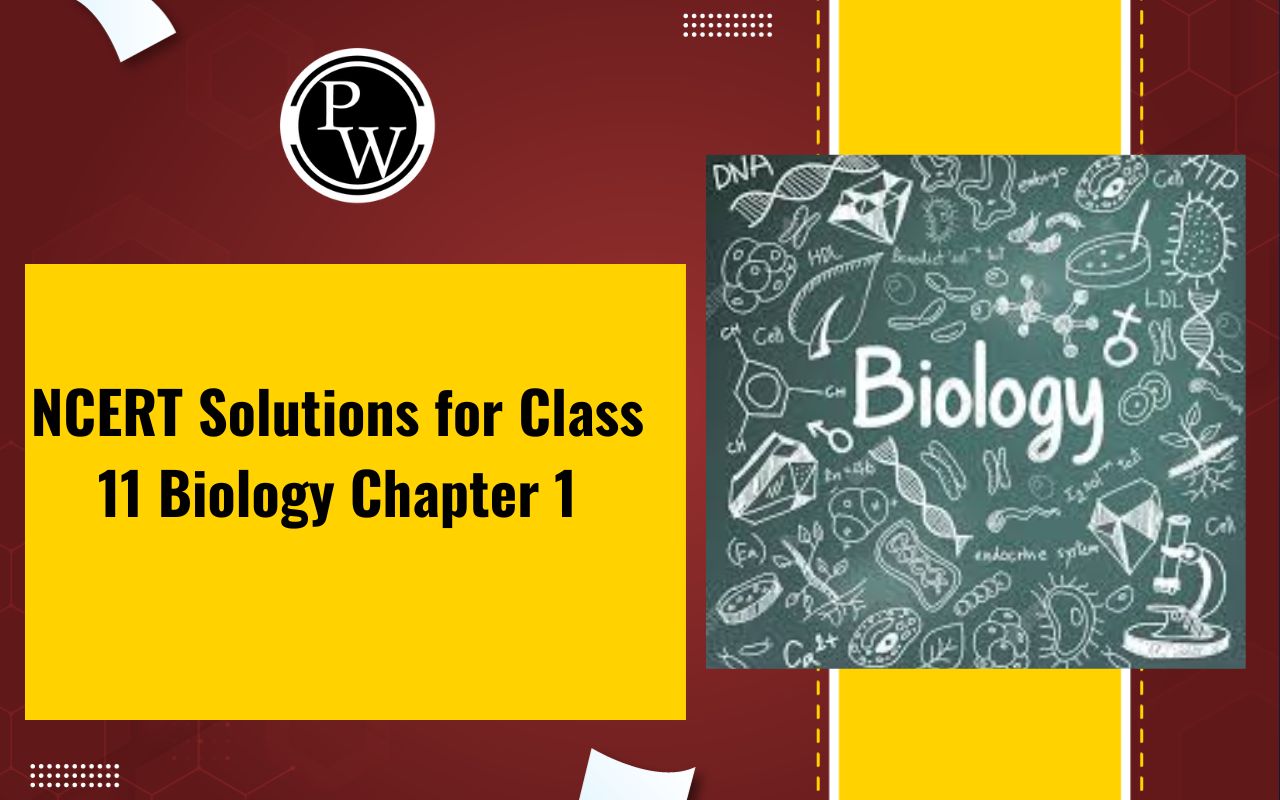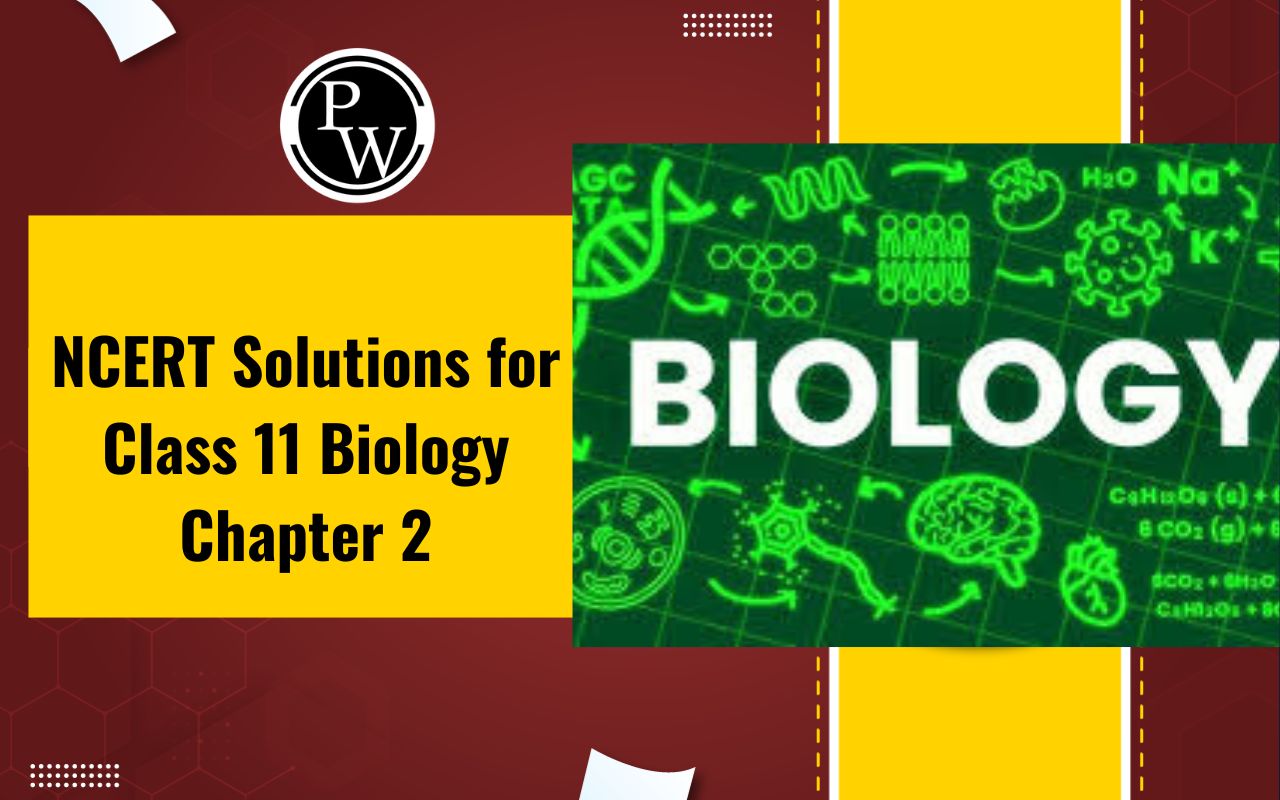

NCERT Solutions for Class 11 Biology Chapter 12 Science: Chapter 13 of Class 11 Biology, "Plant Growth and Development," explores the various processes and factors influencing growth in plants. It delves into the phases of growth, meristematic activity, and growth rate.
Key topics include plant hormones like auxins, gibberellins, cytokinins, ethylene, and abscisic acid, which regulate growth and development. The chapter also covers photoperiodism and vernalization, explaining how light and temperature influence flowering and seed germination. Other crucial aspects include seed dormancy, its causes, and overcoming methods. This chapter provides a comprehensive understanding of the physiological processes that govern plant growth and adaptation.NCERT Solutions for Class 11 Biology Chapter 13 Overview
Chapter 13 of Class 11 Biology, Plant Growth and Development, highlights the importance of understanding how plants grow and adapt to their environment. It explains key processes like cell division, elongation, and differentiation, essential for plant development. The chapter discusses the role of plant hormones such as auxins, gibberellins, cytokinins, ethylene, and abscisic acid in regulating growth and responses to stimuli. Concepts like photoperiodism and vernalization showcase the significance of light and temperature in flowering and germination. By studying these processes, students gain insights into agricultural advancements, improving crop yields, and sustainable practices for enhancing plant productivity.NCERT Solutions for Class 11 Biology Chapter 13 PDF
NCERT Solutions for Class 11 Biology Chapter 13, Plant Growth and Development, provide detailed answers to all textbook questions, aiding students in understanding essential concepts like plant hormones, growth phases, and environmental adaptations. These solutions are designed for effective learning and exam preparation. Below, we have provided a comprehensive PDF containing step-by-step explanations, ensuring clarity and conceptual understanding to help students excel in their studies.NCERT Solutions for Class 11 Biology Chapter 13 PDF
NCERT Solutions for Class 11 Biology Chapter 13 Plant Growth and Development Question Answer
Below is the NCERT Solutions for Class 11 Biology Chapter 13 Plant Growth and Development Question Answer -1. Define growth, differentiation, development, dedifferentiation, redifferentiation, determinate growth, meristem and growth rate.
Ans:
Growth: Growth is a permanent and irreversible increase in size, volume, or number of cells in an organism.
Differentiation: Differentiation is the process by which cells develop specific structures and functions to perform specialized roles.
Development: Development is a broad term encompassing all changes that a plant undergoes during its lifecycle, including growth, differentiation, and maturation.
Dedifferentiation: Dedifferentiation occurs when specialized cells regain the ability to divide and form meristematic tissue, e.g., formation of cambium in woody plants.
Redifferentiation: Redifferentiation is the process where dedifferentiated cells become specialized again for specific functions, e.g., the formation of xylem and phloem from vascular cambium.
Determinate Growth: Determinate growth refers to growth that stops after reaching a certain size, such as in leaves and flowers.
Meristem: Meristem is a region of undifferentiated cells in plants that continuously divide and contribute to growth, such as apical meristem in shoot and root tips.
Growth Rate: Growth rate is the increase in plant growth per unit time, which can be measured as absolute or relative growth rate, depending on the initial size or proportionate growth over time.
These processes collectively ensure the growth and development of plants, adapting them to their environment and fulfilling physiological functions.2. Why is not any one parameter good enough to demonstrate growth throughout the life of a flowering plant?
Ans: At the cellular level, growth is mostly linked to an increase in protoplasmic content. Protoplasm growth is determined using a variety of criteria, such as the weight of the fresh tissue sample and the weight of the dried tissue samples taken during the growth period, as well as variations in length, area, volume, and cell number. Therefore, no one metric is sufficient to illustrate a flowering plant's growth across its lifetime.
3. Describe briefly:
a) Arithmetic growth
Ans: In arithmetic growth, after mitotic cell division, only one daughter cell divides while the other differentiates and grows. For instance, the steady growth of roots. Plotting the organ's length against time yields a linear curve. It is expressed mathematically as: -

b) Geometric growth
Ans: The lag phase, which is the initial sluggish development phase in most systems, is followed by an exponentially fast increase known as the log or exponential phase. In this instance, the ability to divide and divide again is retained by both of the offspring cells that arise during mitotic cell division. On the other hand, growth slows and eventually stops when nourishment availability is restricted, leading to a stagnant period. The graph of geometric growth displays a sigmoid curve.c) Growth curve sigmoid
Ans: A sigmoid curve is a characteristic property of a living organism growing in its natural habitat. The lag phase, the log phase or exponential phase of rapid growth, and the stationary phase are the three phases of this curve.
Exponential growth can be expressed as:

d) Absolute and relative growth rates
Ans: Absolute growth rate is the measurement and comparison of total growth per unit of time. The pace at which a certain system expands per unit of time on a common basis—for example, per unit initial parameter—is known as the relative growth rate.
5. List five main groups of natural plant growth regulators. Write a note on the discovery, physiological functions and agricultural/horticultural applications of any one of them.
Ans: The five main groups of natural plant growth regulators are: -
-
Auxins
-
Gibberellic acid
-
Cytokinins
-
Ethylene
-
Abscisic acid
Discovery, physiological functions and agricultural/horticultural applications of Auxins are summarised as follows:-
a) Discovery:
When Charles and Francis Darwin observed that the coleoptiles of canary grass grew in the direction of the light source in response to unilateral illumination, they made the first observations regarding the effects of auxins. Following a number of tests, it was concluded that the transmittable impact that causes the entire coleoptile to bend occurs at the tip of the coleoptile. Auxin was extracted by F.W. Went from the tips of the oat seedlings' coleoptiles.
b) Physiological Functions:
- They control plant cell growth.
- They cause the phenomenon of apical dominance i.e.; the growing apical buds inhibit the growth of the axillary buds.
- They control division in the vascular cambium as well as xylem differentiation.
- They also induce parthenocarpy.
- They prevent the abscission of leaves and fruits.
5. What do you understand about photoperiodism and vernalisation? Describe their significance.
Ans: Photoperiodism refers to the response of a plant to periods of day-night. The hormonal chemical that causes flowering is thought to be produced in the leaves. This hormonal substance migrates to shoot apices from leaves and transform them into flowering apices.
When examining how different agricultural plants respond to light exposure in terms of flowering time, photoperiodism is crucial. Exposure to cold temperatures can either qualitatively or quantitatively affect a plant's ability to flower. Vernalisation is the term used to describe this occurrence. In particular, it emphasises encouraging blossoming during a cold spell. It gives the plant adequate time to mature by preventing early reproductive growth late in the growing season.
6. Why is Abscisic acid also known as a stress hormone?
Ans: Abscisic acid improves a plant's resistance to a range of stressors by encouraging the closing of stomata in the epidermis. It is hence often referred to as the stress hormone. In favourable circumstances, it promotes both seed germination and seed dormancy. It increases the desiccation resistance of seeds. It also aids in the activation of dormancy in plants at the end of the growing season and encourages the abscission of leaves, fruits, and flowers.
7. ‘Both growth and differentiation in higher plants are open’. Comment.
Ans: The taller plants can continue to grow for the rest of their lives. This capability results from the presence of meristems at particular plant body regions. These meristems, which are made up of meristematic cells, are capable of self-replication and division. Therefore, higher plant growth is regarded as open. Additionally, after a few rounds of cell division, some of these cells always differentiate. The differentiation is therefore also open.
8. ‘Both a short-day plant and a long-day plant can flower simultaneously in a given place’. Explain.
Ans: Flowering in some plants is influenced by the lengths of light and dark periods. If both the short-day and long-day plants are given an adequate photoperiod, they can flower at the same time.
9. Which one of the plant growth regulators would you use if you are asked to:
a) Induce rooting in a twig
Ans: Auxin is used to induce rooting in a twig.
b) Quickly ripen a fruit
Ans: Ethylene is used to quickly ripen a fruit.
c) Delay leaf senescence
Ans: Cytokinins are used to delay leaf senescence.
d) Induce growth in axillary buds
Ans: Cytokinins are used to induce growth in axillary buds.
e) Bolt a rosette plant
Ans: Gibberellins are used to bolt a rosette plant.
f) Induce immediate stomatal closure in leaves.
Ans: Abscisic acid or ABA is used to induce immediate stomatal closure in leaves.
10. Would a defoliated plant respond to a photoperiodic cycle? Why?
Ans: No, the leaves are the sites of perception of light / dark duration. As a result, a defoliated plant will not respond to the photoperiodic cycle. Hence, the plant would not respond to light in the absence of leaves.
Benefits of Using NCERT Solutions for Class 11 Biology Chapter 13
Comprehensive Understanding: Detailed explanations of growth phases, plant hormones, and adaptations enhance conceptual clarity.
Exam Preparation: Step-by-step solutions align with the exam pattern, aiding in efficient preparation.
Time Management: Simplified answers save time while revising critical topics.
Accuracy: Reliable and well-researched solutions ensure error-free content.
Practical Application: Insights into photoperiodism and vernalization help relate theory to real-life applications.
Self-Assessment: Solved examples and questions support self-evaluation.
Ease of Access: Available in PDF format, allowing students to study anytime, anywhere.
NCERT Solutions for Class 11 Biology Chapter 13 FAQs
How do plants affect growth and development?
Does sound affect plant growth?
What are the conditions for plant growth?
What does plant development depend on?












